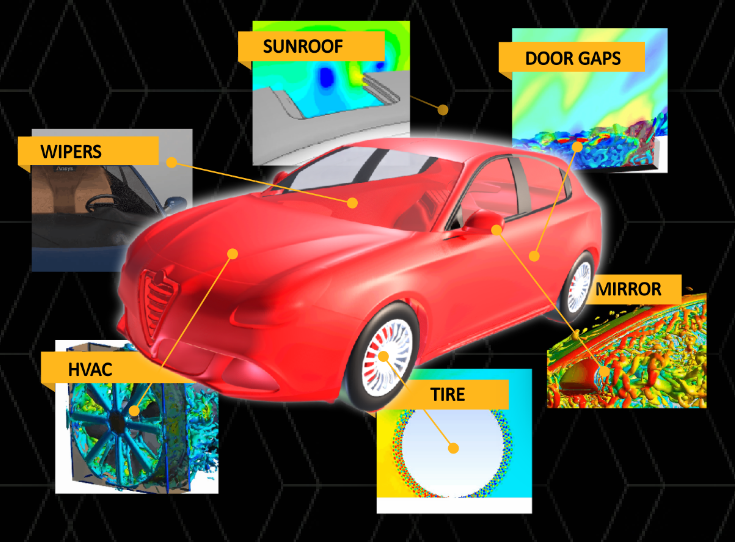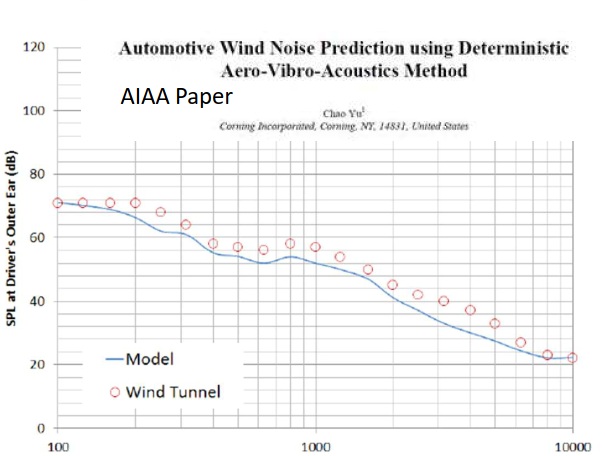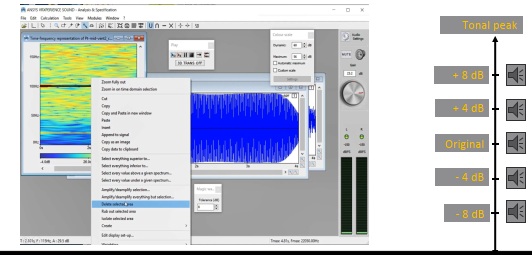Computational Aeroacoustics (CAA) Consulting Services
Simulate and reduce noise from airflow, turbulence, and vibration using computational aeroacoustics and advanced CFD tools.
Simulate and reduce noise from airflow, turbulence, and vibration using computational aeroacoustics and advanced CFD tools.
Aeroacoustics is the study of noise generated by turbulent fluid flow or aerodynamic forces. Using Ansys CFD software, one can simulate aeroacoustics for a broad range of industrial applications. Common computational aeroacoustics applications include analyses of fans, blowers, jets, HVAC, and exhausts. Based upon the CFD simulation results, one can post-process the predicted flow fields to not only assess sound power but also evaluate several sound quality metrics that can be used for noise source identification and “what if” design scenarios.
By coupling Ansys Mechanical and CFD software within a single Ansys Workbench Project, you can effectively conduct computational aeroacoustics simulations to predict structure-borne noise resulting from fluid pressures. At SimuTech Group, we have experience in modeling aeroacoustics and vibro-acoustics and can assist your efforts in reducing aeroacoustics related noise.

Goal: To determine the broad-band sound tonality and directionality for different fan blade and shroud designs operating at various speeds and pressures.
Goal: To model both the transient flow and the transient acoustics of a rotor-stator interaction, focusing on the noise generated by the high blade tip velocities.


Goal: To reduce the airborne noise generated by different automobile components such as windshield wiper blades, side mirrors, tires, and HVAC system.
Goal: To reduce the exterior surface-generated noise levels transmitted to the automobile interior cabin. Ansys CFD software can predict noise generation for complex turbulent flows. Coupling the fluid pressures obtained from the CFD analyses with Ansys Mechanical can be used to predict structure-borne noise transferred into the automobile interior cabin. Importantly, this coupled fluids/structural simulation can all be accomplished within Ansys Workbench framework!


Goal: To reduce the exterior surface-generated noise levels transmitted to the automobile interior cabin. Through computational aeroacoustics, Ansys CFD software can predict noise generation for complex turbulent flows. Coupling the fluid pressures obtained from the CFD analyses with Ansys Mechanical can be used to predict structure-borne noise transferred into the automobile interior cabin. Importantly, this coupled fluids/structural simulation can all be accomplished within Ansys Workbench framework!
SimuTech Group’s CFD consultants apply computational aeroacoustics to help engineers analyze and reduce noise generated by airflow, turbulence, and vibration. From aircraft engines to HVAC systems, our simulations reveal hard-to-measure acoustic behaviors, enabling smarter design decisions without the need for excessive prototyping or physical testing.
Let’s work together to reduce the noise and enhance performance.
Our team of experienced engineers can assist you at any step of your process.